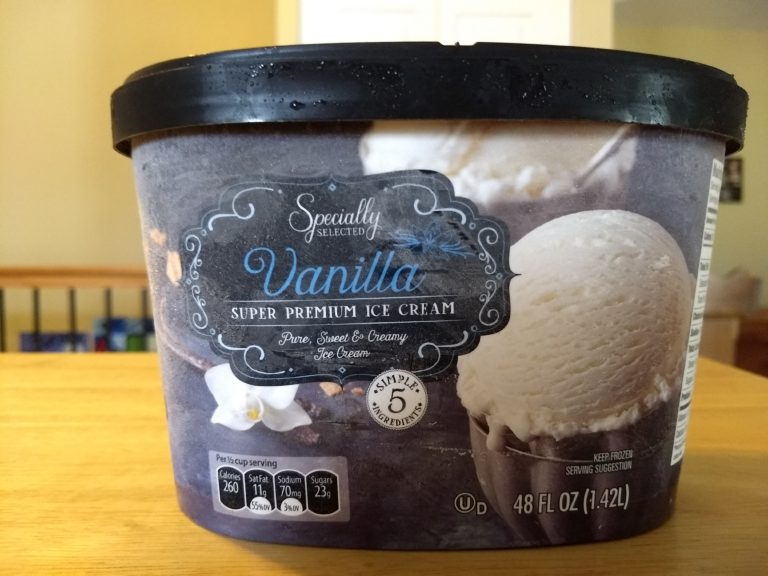
Eggs are also a common allergen, so removing them from the recipe makes the product more widely accessible. Where traditionally ice cream producers would have relied on a food ingredient, specifically eggs, to help perform these functions, there are a few reasons why they may choose to use additives as an alternative.Īdditives are more robust and easier to store and transport than eggs. The stabilisers and thickeners play a useful role to limit the increasing size of ice crystals during storage. When a freezer goes through its cycles – warming up and cooling down again – small ice crystals present in the product can eventually grow into larger ones over time, typically resulting in a coarse texture and iciness. Stabilisers and thickeners give a rich, creamy mouthfeel. The emulsifiers also promote a longer shelf life and creaminess in the ice cream. In many foods emulsifiers help prevent fat and water from separating into layers, while stabilisers and thickeners (such as vegetable gums) perform the similar functions of increasing stability, increasing viscosity (thickness) to a desired consistency and maintaining the uniform dispersion of substances in solid and semi-solid foods.įor ice cream specifically, the emulsifiers help to promote the formation of a whipped fat structure in the product during freezing, which gives good melting resistance when being eaten. The main reason they're there is to help retain an ice cream's smooth and creamy texture. Read the ingredients list and you'll see that ice creams sometimes contain a number of different additives, most commonly emulsifiers, stabilisers and thickeners. Fruit-based, dairy-free gelato is sometimes referred to as sorbet. SorbetĪ French word, sorbet describes a frozen mixture of sweetened water and fruit juice or purée. When less air is incorporated into the mixture, this results in a more dense consistency with a colder, fresher eating sensation – a common attribute of premium-tier ice creams, as well as gelato.

Churning (or whipping) incorporates air into ice cream causing it to increase in volume – what's referred to in the industry as 'overrun'. According to gelato producers, gelato is generally lower in fat – closer to 5% compared with 10% or higher for ice cream – and churned less than ice cream. Gelato can be both milk-based and fruit-based, and doesn't necessarily contain dairy products.

'Gelato' is the Italian word for ice cream, but there's no standard definition for gelato in Australia. Reduced fat versions must contain at least 25% less fat than standard ice cream, and low fat versions must contain no more than 3% fat. Crucially, it must contain at least 10% milk fat. To be sold as 'ice cream' a product needs to meet certain requirements for milk fat and food solids. The words ice cream and gelato are often used interchangeably, but the main difference is that ice cream is regulated for its milk fat content. Or Learn more What's the difference between ice cream and gelato?


 0 kommentar(er)
0 kommentar(er)
